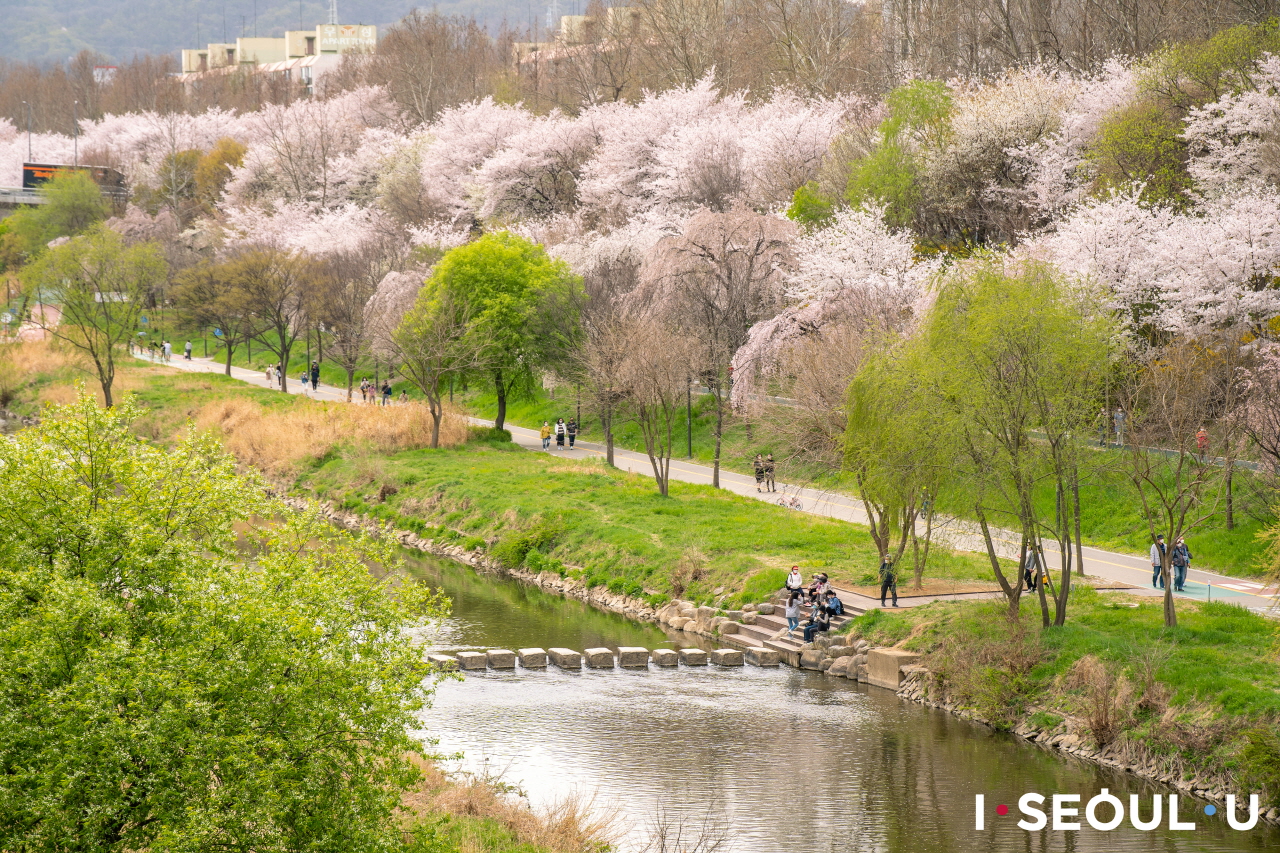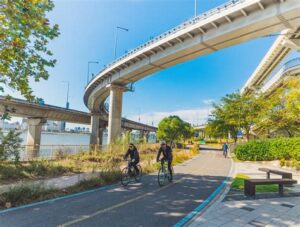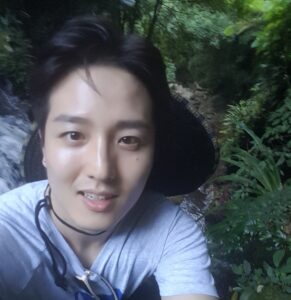(Updated 4/30/24)
“Seoul is not a beautiful city.”
I sometimes feel the need to prepare our out-of-town guests for what they’ll encounter when they first arrive in Seoul. Modern Seoul developed and grew at an astonishing pace, with little attention to urban planning and design, or to preservation and restoration. This is understandable given the history, but the result is that modern Seoul is not conventionally beautiful – there’s not really a distinctive skyline, and the architectural landscape is largely blighted by fairly unattractive apartment complexes that seem to sprout up all the way to the horizon. There are pockets of more traditional architecture, but these are dwarfed in scale by the more modern buildings and aren’t very visible from a distance. The view of Seoul from various popular viewpoints (Namsan tower, Lotte tower…) is impressive in magnitude and scale and reach, and certainly there are individual buildings that are interesting architecturally. But taken as a whole, it’s not particularly attractive, and sometimes first-time visitors are a little disappointed by their first impressions. (They all come around as soon as they visit a palace and get their first meal of course!)
But in spite of this, there is a lot of beauty to be found in Seoul. Certainly the palaces are gorgeous, especially against the backdrop of the mountains that surround the city. And if you look past all those apartment buildings, the city provide endless astounding hiking opportunities, reachable by subway, and always with a collection of delicious restaurants along the way – a resource that few other major world cities can boast. You can embark on a major hike every weekend and never run out of new trails to explore, without ever leaving Seoul. There are also beautiful (and enormous) parks (Olympic Park, Seoul Grant Forest, Haneul Park…) that provide fabulous picnic sites and surprisingly peaceful oases in the middle of this teeming city. If you’re lucky enough to be in Seoul in the autumn you can fill your senses with rows of golden gingkos, fields of cosmos and fall grasses. In the spring, cherry blossoms, azaleas, forsythia, and other spring flowers abound.
But one of the things that I have come to love the most about Seoul is the more understated pockets of created beauty (and sometimes whimsy) that I’ve encountered. Seoul seems to work hard at providing these, and when you find them, they are a lovely surprise. The sunken cycling/walking paths along the Han River and the all of the tributary streams that are woven throughout the Seoul cityscape (and throughout the country) are relatively unassuming compared to some of the other tourist attractions, but they are nothing short of spectacular. Short-term visitors will certainly be familiar with the stretch of Cheongyecheong stream near Gwanghwamun square, but for visitors who have time to explore beyond the major tourist sites, similar paths are found everywhere throughout the city. Though you’re still smack dead in the middle of Seoul, the waterways are home to fish and all kinds of herons and other waterfowl. These paths can be followed for miles and miles – in fact you can cycle all over Korea on them. Hopping on a bicycle and exploring in whatever direction strikes my fancy is a favorite way to spend a day.
As you explore, you’ll find that there are various art installations scattered about which provide opportunities to sit, think, and observe, or which inject humor or wonder into the landscape. Some of my current favorites are the pink penguins and other sculptures in the park along the Han River near Ichon, and the underpass light show near Hongjae station. These are only my current favorites, as I’m sure I’ll discover more as I continue exploring.
I love the abundance of sculpture and public art at street level in Seoul as well. There is a city ordinance that requires owners/developers of buildings to put aside a fixed percentage of construction costs for public art, so you’ll find public sculptures on every city block. Some of it gets a little lost in the midst of skyrises (and it can be difficult to frame a photograph that isn’t dominated by surrounding buildings and construction), but it’s always there if you look for it.
(I’ll note that not everyone is a fan of these installations – some feel that the installations aren’t very coherent, or well-suited to their sites, or reflective of the companies that installed them. There’s certainly merit to these concerns – sometimes the pieces seem rather haphazardly placed, and don’t really add much to their surrounding. But others are striking, and overall, I appreciate the effort.)
And you can find more ephemeral examples as well. Sometimes these are “official” installations, associated with pop-up events around the city perhaps, or designed to add a little visual interest inside a subway station for instance. Others seem to be a little more spontaneous and organic, and seem to have been constructed as an expression of playfulness and whimsy of a moment. In a country known for its high-stress “ppali ppali” culture, I always enjoy coming across these light-hearted expressions of joy and humor.
Encountering these unexpected creations is one of the things that makes aimless wandering in Seoul such a pleasure. You never know when you’re going to turn a corner in the middle of a busy commercial district and find a small pocket of old Seoul, a mountain that you somehow didn’t realize was there, or a work of art that makes you smile.
About the writer
Hi, I’m Lee, and my husband and I are living in Seoul for the year while I’m on sabbatical. This is the second sabbatical year we’ve spent in Seoul, and we’ve gotten to know the city pretty well. I hope you find this information useful!




